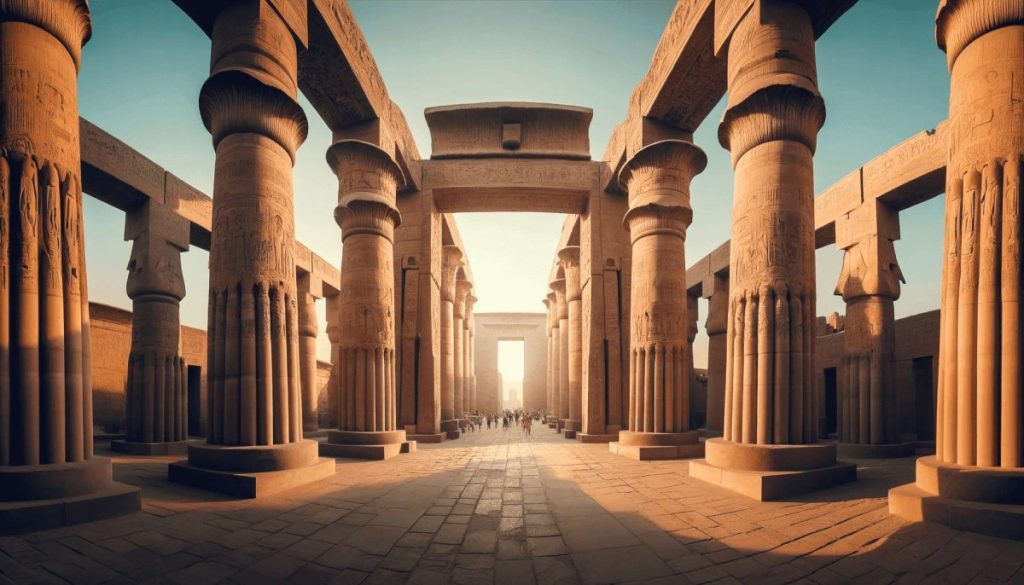Exploring Sacred Places in Egypt
Sacred Places in Egypt: Welcome to the second installment of our exploration into Egypt’s captivating heritage. After delving into the monumental historical places that narrate the country’s ancient past, we now shift our focus to the spiritual sanctuaries that continue to resonate with the echoes of devotion and prayer. We invite you to journey with us through tranquil temples, majestic mosques, and other religious sites that stand as testaments to Egypt’s rich spiritual tapestry. Each location offers a unique insight, immersing you in the serene and profound dimensions of Egyptian culture.
From the awe-inspiring temples of Luxor dedicated to the gods of ancient Egypt to the serene mosques of Cairo that showcase Islamic architectural brilliance, each site offers a unique story and an atmosphere of reverence. Join us as we explore these sacred spaces, where every corner and corridor speaks to the soul, providing a deeper understanding of the cultural and religious layers that make Egypt a profound destination for pilgrims and travelers alike.
ABS Temple (Abu Simbel)
Location: Situated in Southern Egypt, near the border with Sudan.
Historical Background: The Abu Simbel temples are two massive rock temples originally carved out of the mountainside during the reign of Pharaoh Ramesses II in the 13th century BCE, as a lasting monument to himself and his queen Nefertari.
Condition: These temples were relocated in a monumental effort during the 1960s to avoid being submerged during the creation of Lake Nasser, following the construction of the Aswan High Dam.
Special Dates: The sun illuminates the statues of Ramesses, Ra, and Amun in the temple’s inner sanctum on October 22 and February 22, marking the pharaoh’s coronation and birthday, respectively.
New Updates: The site continues to be a focal point for archaeological and preservation efforts to maintain its integrity against natural and human-made threats.

Dendara Temple
Location: Located on the west bank of the Nile, near the modern town of Qena, approximately 60 km north of Luxor. Historical Background: Dedicated to Hathor, the goddess of love, fertility, and music, Dendara Temple is one of the best-preserved temple complexes in Egypt, dating back to the late Ptolemaic period, with construction spanning into the Roman era. Condition: The complex remains in excellent condition, with its magnificent hypostyle hall, vibrant ceiling astronomical decorations, and the rare depiction of Cleopatra VII and her son by Julius Caesar, Caesarion, being among the highlights.
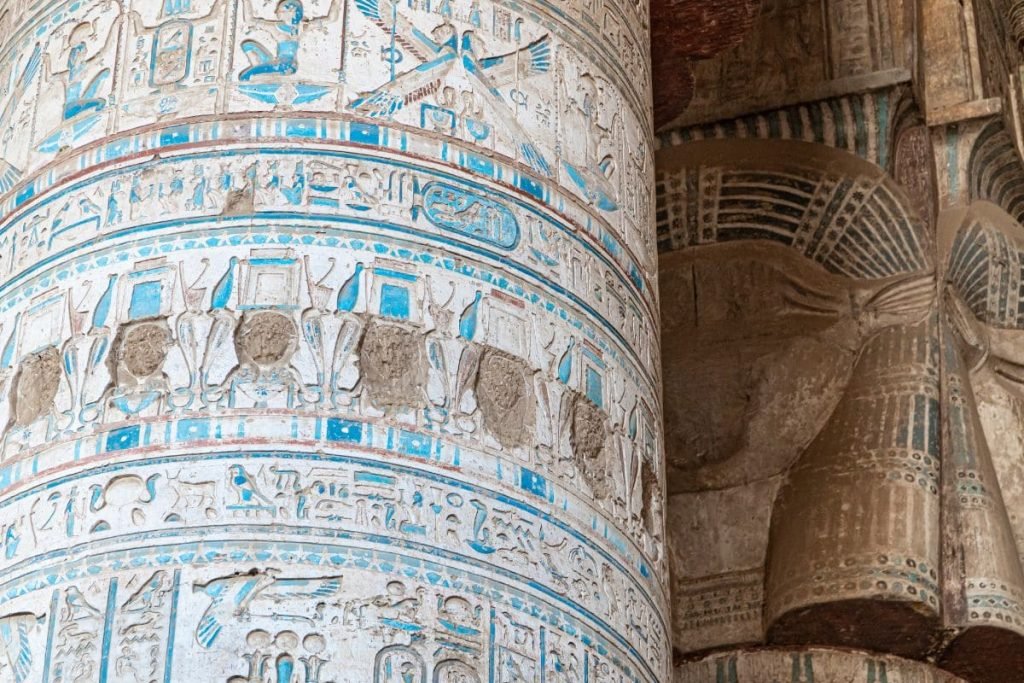
Edfu Temple
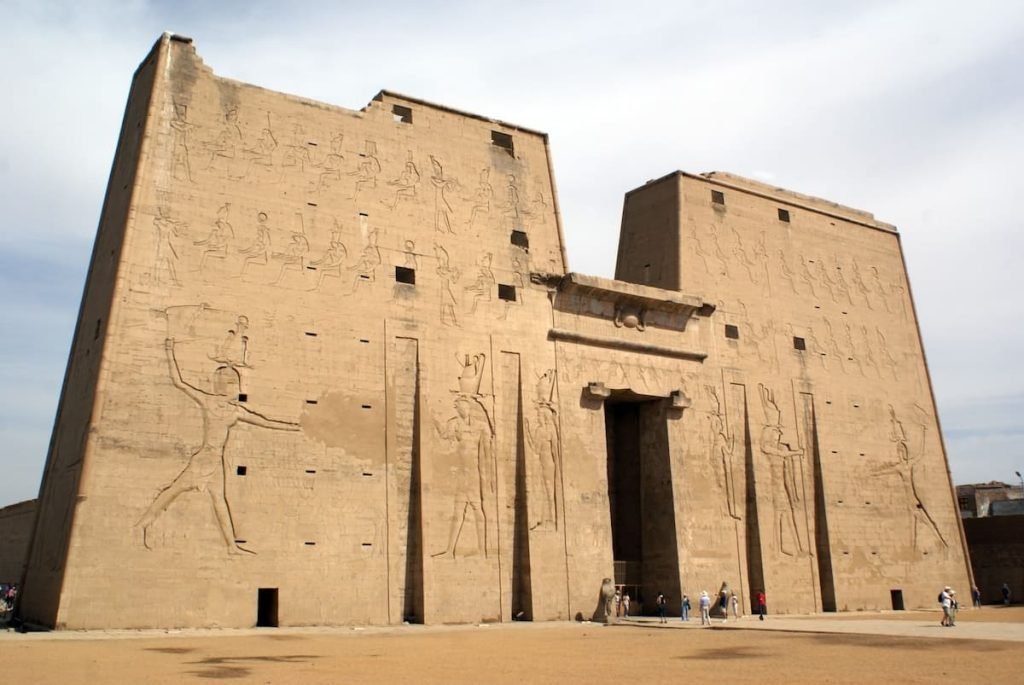
Location: Situated in the city of Edfu, which is on the west bank of the Nile, between Esna and Aswan.
Historical Background: Dedicated to the falcon god Horus, the Temple of Edfu is the second-largest temple in Egypt after Karnak and is considered one of the best-preserved. Its construction began in 237 BCE during the Ptolemaic era and was completed over a 180-year period.
Condition: The temple is remarkably well-preserved, offering deep insight into ancient Egyptian religious practices, architecture, and hieroglyphics thanks to its detailed inscriptions.
Each of these sites offers a unique glimpse into the spiritual and architectural grandeur of ancient Egypt, telling stories of gods and goddesses, kings and queens, and the astronomical knowledge that deeply influenced their civilization. Whether it’s the awe-inspiring solar phenomena at Abu Simbel, the intricate cosmological depictions at Dendara, or the imposing stature of Horus at Edfu, these sites continue to captivate visitors with their beauty and historical significance.
Habu Temple (Medinet Habu)
Location: Located on the West Bank of the Nile, opposite the modern city of Luxor.
Historical Background: The Mortuary Temple of Ramesses III at Medinet Habu is a critical New Kingdom period structure in the Theban Necropolis. It is an architectural marvel, serving both as a temple and a complex administrative center.
Condition: It remains well-preserved, offering insight into the artistic and architectural achievements of the 20th Dynasty, especially its detailed reliefs depicting the victories of Ramesses III over invaders.
New Updates: Ongoing conservation efforts focus on preserving the temple’s intricate inscriptions and reliefs, which are crucial for understanding the period’s history.
Hatshepsut Temple (Deir el-Bahri)
Location: Situated beneath the cliffs at Deir el-Bahri on the West Bank of the Nile near the Valley of the Kings.
Historical Background: This mortuary temple was built for the Eighteenth Dynasty Queen Hatshepsut, one of Egypt’s most successful pharaohs, and is notable for its grand architecture and unique structure, resembling classical architecture.
Condition: The temple stands as a testament to ancient engineering and architectural prowess, with ongoing restoration projects aimed at preserving its original glory.
New Updates: The site continues to be an area of active archaeological research, revealing more about Hatshepsut’s reign and the construction techniques of the time.
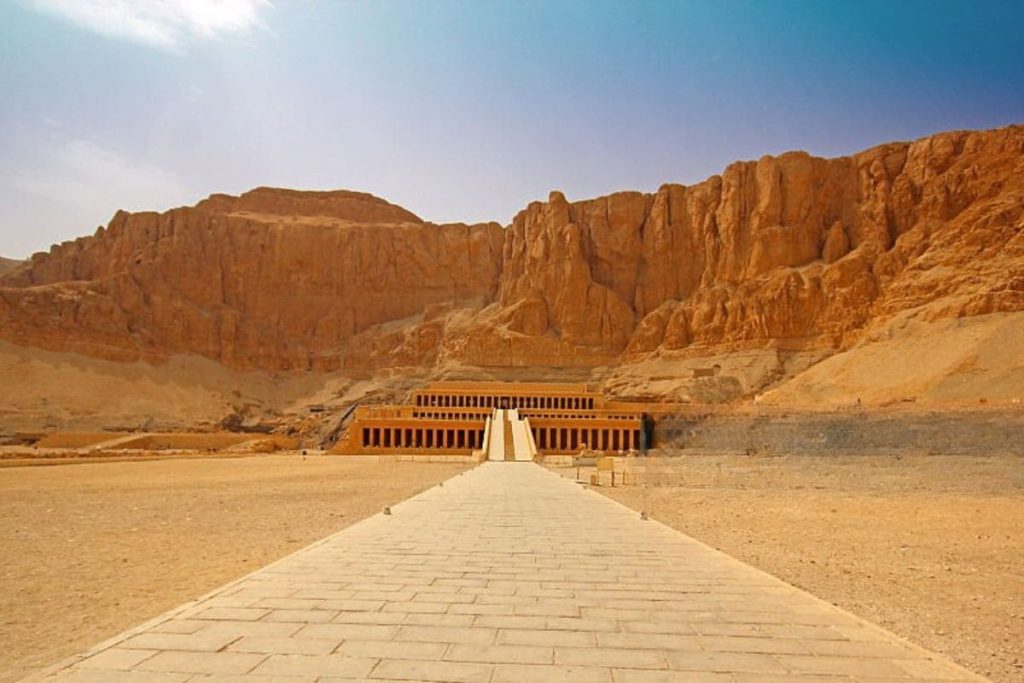
Karnak Temple
Location: Located in the city of Luxor, extending over a vast area.
Historical Background: Karnak is a complex of temples, chapels, pylons, and other buildings. It was developed over more than 2,000 years and dedicated to the Theban triad of Amun, Mut, and Khonsu.
Condition: Although not entirely preserved, its sheer size and the extent of the ruins make it one of the most visited ancient sites in the world. The Great Hypostyle Hall is particularly notable for its architectural grandeur.
New Updates: The site is the focus of continuous archaeological work, which occasionally uncovers new artifacts and structures that shed light on ancient Egyptian religion and society.
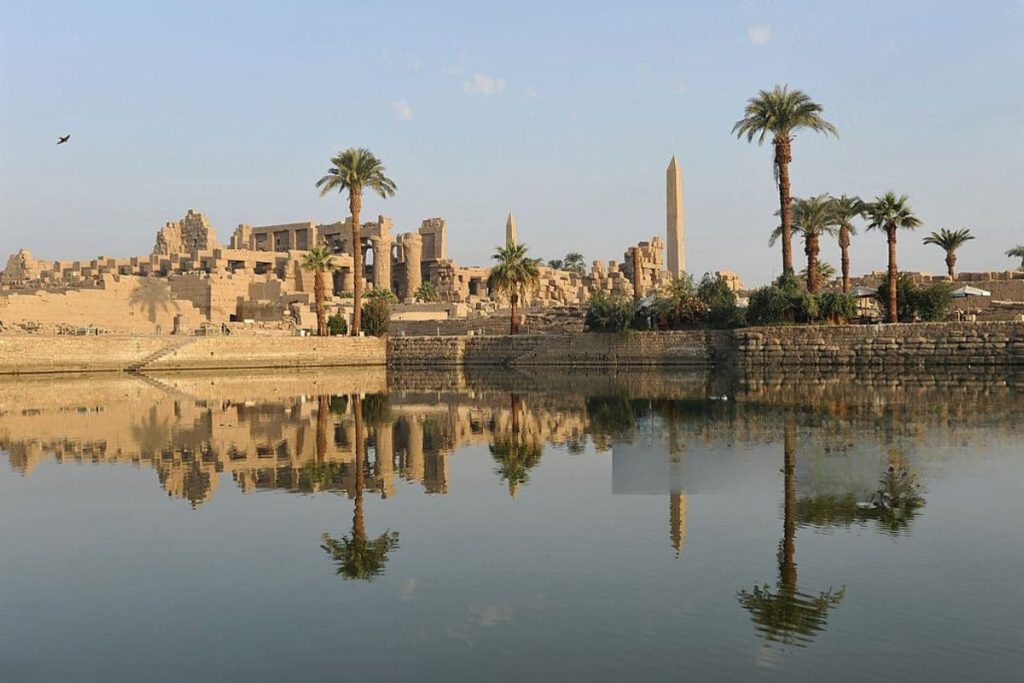
Kom Ombo Temple
Location: Overlooking the Nile, this temple is located in the town of Kom Ombo, about 45 kilometers north of Aswan.
Historical Background: Unique for its ‘double’ design, the temple was constructed during the Ptolemaic dynasty. It was dedicated to two sets of gods: Sobek (crocodile god) and Haroeris (a form of Horus the elder).
Condition: It stands in partial ruin, yet offers incredible insights with well-preserved reliefs and structures.
New Updates: The adjacent Crocodile Museum showcases mummified crocodiles, emphasizing the crocodile’s significance in ancient Egyptian culture and the worship of Sobek.

Luxor Temple
Location: Situated in the heart of modern Luxor (ancient Thebes), right on the eastern bank of the Nile.
Historical Background: Luxor Temple is a significant ancient Egyptian temple complex primarily constructed by Amenhotep III and Ramses II. It served as the focus of one of the most important festivals, Opet.
Condition: The temple is exceptionally well-preserved, allowing visitors to marvel at its grand entrance, statues, and sphinx-lined avenue that once connected it to the Karnak Temple.
New Updates: The ongoing Avenue of Sphinxes project aims to restore the ancient processional way linking Luxor and Karnak temples, further enhancing its historical and cultural significance. Each site offers a window into the religious, cultural, and architectural advancements of ancient Egypt, showcasing the civilization’s enduring legacy through temples that have withstood the test of time.

Merneptah Temple
Location: Situated within the Theban Necropolis, on the West Bank of the Nile, opposite Luxor.
Historical Background: Constructed by Merneptah, the fourth ruler of the Nineteenth Dynasty of Egypt, and son of the famed Ramesses the Great. This temple was dedicated to the cult of Merneptah.
Condition: What remains is less preserved compared to other monumental sites in Luxor, largely overshadowed by the more intact and larger temples. However, its significance lies in housing the famous Merneptah Stele, which contains the first known mention of Israel in hieroglyphics.
New Updates: The site undergoes continuous excavation and conservation efforts, aiming to unearth more about its historical context and preserve what remains of its structures and inscriptions.
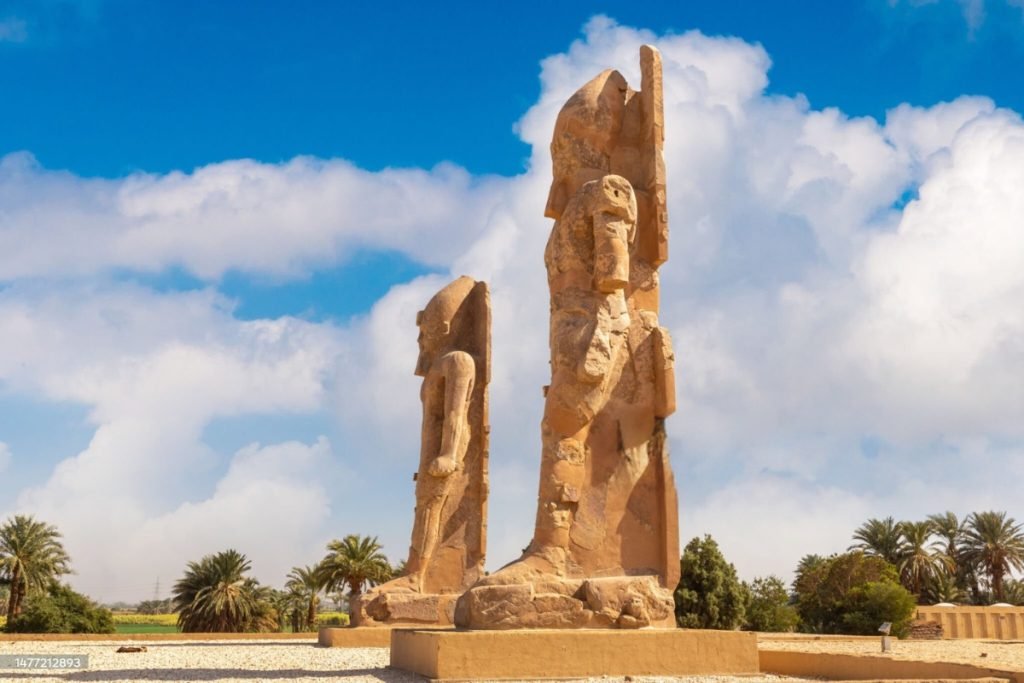
Qaroun Temple (Temple of Dionysias)
Location: Located in the Fayoum Oasis, specifically at the ancient site of Dionysias.
Historical Background: The temple dates back to the Greco-Roman period in Egypt, dedicated to the worship of Dionysus, the god of wine and festivity, reflecting the cultural blend of Egyptian and Hellenistic traditions.
Condition: The temple is in a state of ruin, with some walls and inscriptions still visible. It showcases the architectural and religious syncretism that characterized the Fayoum region during the Greco-Roman period.
New Updates: Archaeological interest in the Fayoum Oasis continues, with efforts focused on uncovering more about the region’s unique blend of cultures through various periods.

Saint Simeon Monastery (Deir Anba Sim’an)
Location: This ancient Christian monastery is located on the West Bank of the Nile, near Aswan.
Historical Background: Originally established in the 7th century and rebuilt in the 10th century, the monastery is dedicated to Anba Hadra of Aswan, also known as Saint Simeon. It served as a center of monastic life and Christian pilgrimage.
Condition: Today, it stands mostly in ruins, offering a glimpse into early Christian monastic architecture and life in Egypt. Its formidable walls and structures speak to its once significant role in the region.
New Updates: The site is a focus for studies on early Christian monasticism in Egypt, with conservation efforts aimed at preserving its remaining structures.

Seti I Temple (Abydos)
Location: Located in Abydos, one of ancient Egypt’s most significant archaeological sites, north of Luxor.
Historical Background: Built by Pharaoh Seti I in the 19th Dynasty, this temple is dedicated to the worship of Seti I, as well as a pantheon of other deities including Osiris. It is renowned for its Abydos King List, a chronological list that details cartouches of most dynastic pharaohs of Egypt from Menes until Seti’s time.
Condition: It is one of the best-preserved temples from its era, renowned for its detailed reliefs, inscriptions, and architectural beauty. The temple provides valuable insights into ancient Egyptian religious practices and hierarchies.
New Updates: Ongoing archaeological and conservation work continues to uncover more details about the temple’s construction, usage, and the broader historical context of Abydos. These sites, each in their own state of preservation, continue to be important for understanding the breadth of Egypt’s historical and cultural evolution, from ancient pharaonic worship practices to the spread of Christianity within the region.
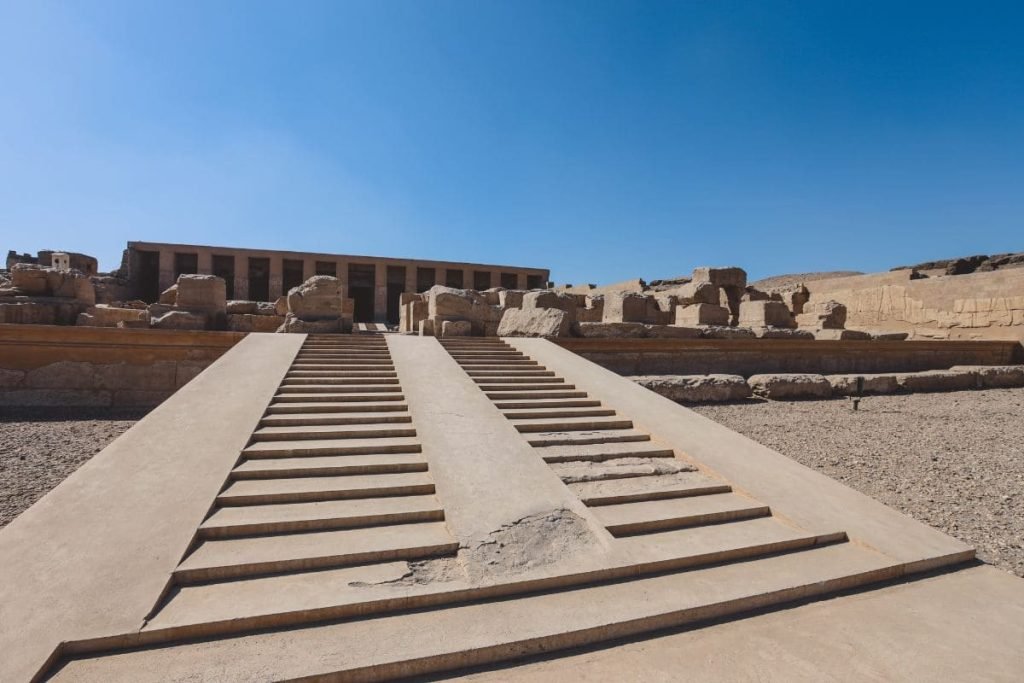
Sultan Hassan Mosque and Al-Rifai Mosque
Location: Both are located in Cairo, Egypt, facing each other near the Citadel.
Historical Background: Sultan Hassan Mosque: Built between 1356 and 1363 by the Mamluk Sultan Hassan, this mosque is a masterpiece of Mamluk architecture and one of the largest in the world, renowned for its grandeur and innovative architectural components.
Al-Rifai Mosque: Constructed between 1869 and 1912, this mosque serves as a mausoleum for members of the Egyptian royal family and notable Islamic leaders. It contrasts with the Sultan Hassan Mosque with its more modern design but harmonizes in style and grandeur.
Condition: Both mosques are in excellent condition, serving as both active places of worship and historic sites attracting numerous visitors.
New Updates: Regular maintenance and restoration projects ensure the preservation of their architectural integrity and historical value.
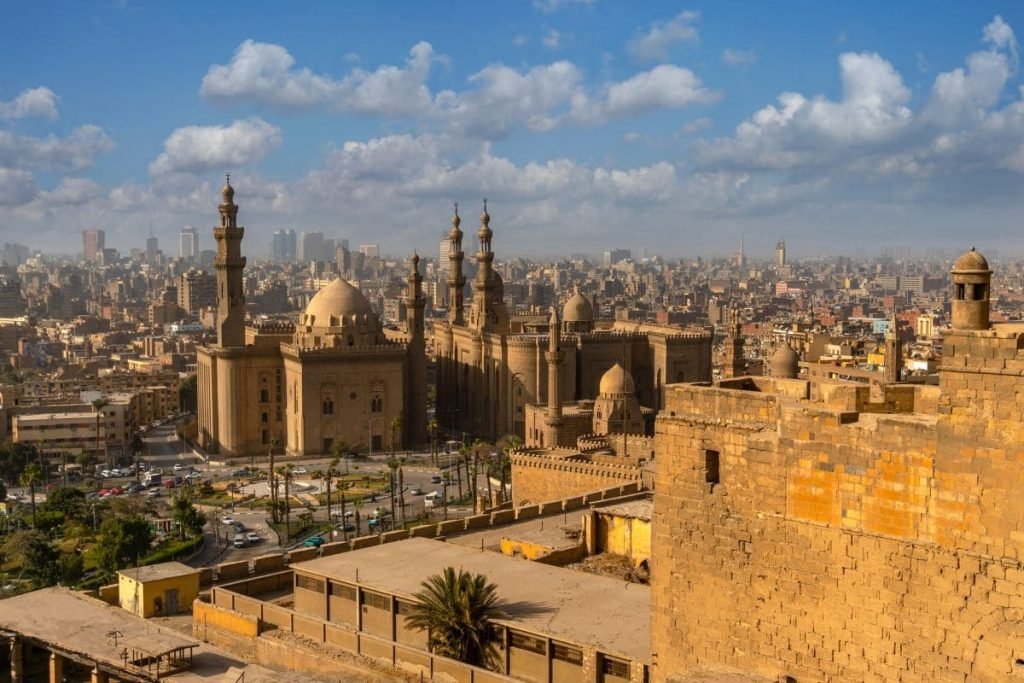
Temple of Death in Karnak (Precinct of Mut)
Location: Part of the Karnak Temple Complex, Luxor.
Historical Background: Often misunderstood as a singular “Temple of Death,” Karnak’s Precinct of Mut is one area within the vast Karnak Temple Complex. The site is dedicated to Mut, the consort of Amun, and is known for its sacred lake and unique statues of the goddess Sekhmet.
Condition: The precinct is less restored than the main areas of Karnak but has seen significant archaeological attention, leading to discoveries that provide insight into its importance and religious practices.
New Updates: Ongoing archaeological work continues to uncover the extent of the precinct and its role within the Karnak complex.

Temple of Isis (Philae)
Location: Originally on Philae Island, the temple was relocated to Agilkia Island to save it from flooding caused by the Aswan High Dam.
Historical Background: Dedicated to the goddess Isis, this temple is one of the last ancient Egyptian temples built in the classical Egyptian architectural style. Construction began around 690 BCE and continued for several centuries.
Condition: The temple is in excellent condition, thanks to the successful relocation and restoration efforts in the 1960s.
New Updates: It remains a key attraction for its historical significance and architectural beauty, offering light and sound shows to enhance visitors’ experience.

Temple of the Oracle of Amun / Temple of Revelation in Siwa
Location: Situated in the Siwa Oasis, in the Western Desert.
Historical Background: Also known as the Temple of the Oracle of Amun, it was famous in antiquity for the oracle of Amun, consulted by Alexander the Great. The site dates back to the 26th Dynasty (around 664-525 BCE).
Condition: The remains are relatively well-preserved, though much of the original structure has been lost to time. The site retains a mystic allure, partly due to its remote location and historical narratives.
New Updates: Interest in the site has led to increased tourism and scholarly research focused on its history and significance in ancient times.

Continuing the Exploration: From Sacred Sites to Museums in Egypt
As our journey through the sacred places in Egypt comes to a close, we’ve traversed the tranquil grounds of ancient temples and stood beneath the majestic minarets of mosques, each site resonating with the echoes of millennia-old devotion. These spiritual sanctuaries offer a profound glimpse into the cultural and religious depths of Egyptian heritage.
But the adventure doesn’t end here. Continue with us as we explore more fascinating destinations. For those eager to delve deeper into Egypt’s rich history, stay tuned for our exploration of the country’s most cherished museums, where ancient artifacts and treasures await to tell their own incredible stories. For more museums to visit in Egypt, click here.

